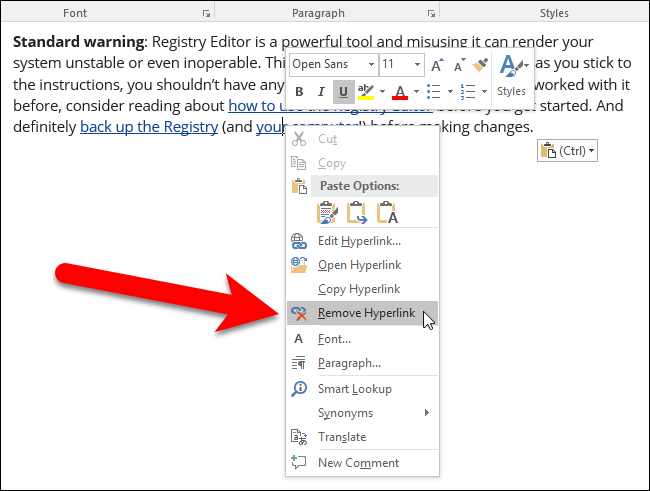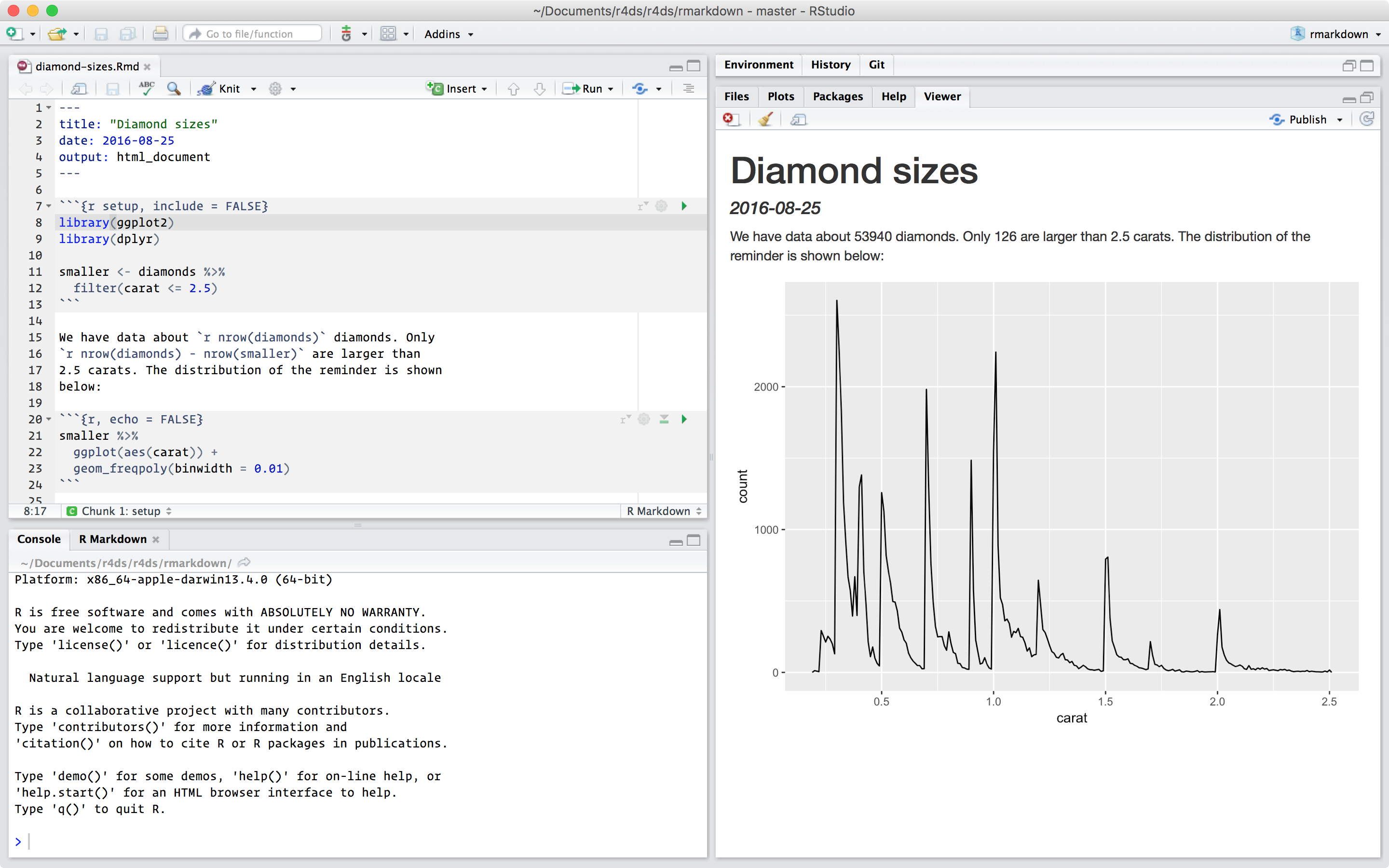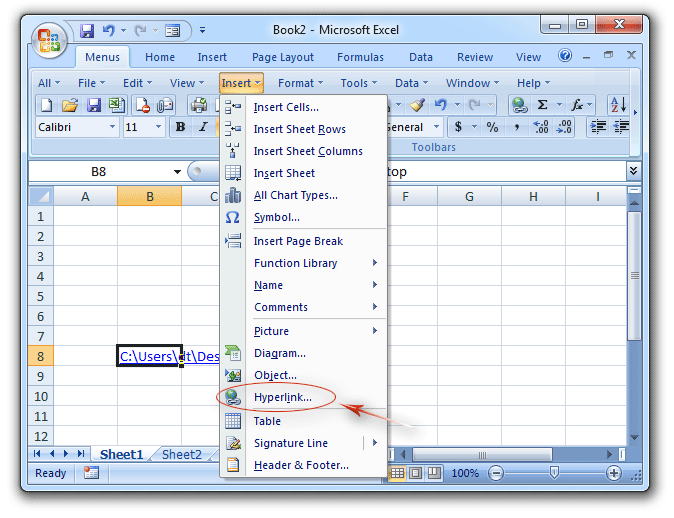

From a communication angle it enables decision makers focus more on the results of the analysis insted of lines of code. This is one powerful of using R Markwons as it make scientists more effective.Īn R mMrkdown documents essentially servers three purpose-communication, collaboration, and modern–day lab environment, which captures what you did and what you were thinking.
#RMARKDOWN HYPERLINK CODE#
With R Markdown, you can spend more time workin on your code and less time maintaining and typeseting the report-this translate that with R Markdown you can share more work with less effort than used before with previous tools. R Markdown is easy to use, allows others to reproduce your work and has powerful features like producing multiple output formats. With only a small handful of options, Markdown allows you to apply formatting to your text and creating documents with headers, images, links and more while maintaining the original plain text easy to read. Markdown is a very simple markup language which provides syntax that is used to describe the format and structure of text documents. R Markdown documents uses the Markdown package, which also depends on markdown syntax.
#RMARKDOWN HYPERLINK PDF#
R Markdown documents are fully reproducible and rendered in several output documents-Html, PDF, Word files presentation- Html slideshows, PDF beamer and MS powerpoints, and more. It provide a unified authoring framework-combining code alongside its outputs (graphs, tables, etc), with comment that explain about the code. R Markdown is a file format for easy–to–write dynamic documents from plain text. This can be accomplished with R Markdown, which produces documents that are generated by code, reproducible and easy to maintain. Therefore, the document should also be based on code. In interactive data analysis, the code and not the report or presentation that is the source of the results. Being comfortable with this simple syntax to describe text rendering will help you document your code.

This post introduces R Markdown, a simple programming syntax that can be used to describe text formatting and structure by adding special characters to the text (Allaire et al. The two packages can generate report that has code, results, plots and text in various format.

2019) and knitr-or running the analysis and generating the reports (Xie 2014). The most popular of these approaches is R Markdown-for writing these documents (Allaire et al. That era has gone and in R there are several ways of writing documents that are used both as automated analysis scripts as well as for generating reports. To accomplish these task you must use various tools. And then you go and write a report about the results in a text editor or word processor and fine tune report or document. You visualize and create some plots or tables of relevant summaries of the data. Then interact with R using scripts to run some analyses, perhaps saving some intermediate results along the way or maybe always working on the raw data. The typical data analysis workflow looks like this: you go out and collect data and you organize it in a file or spreadsheet or database. One of the key task of scientist is communicate your analysis and result to the different group of people.


 0 kommentar(er)
0 kommentar(er)
